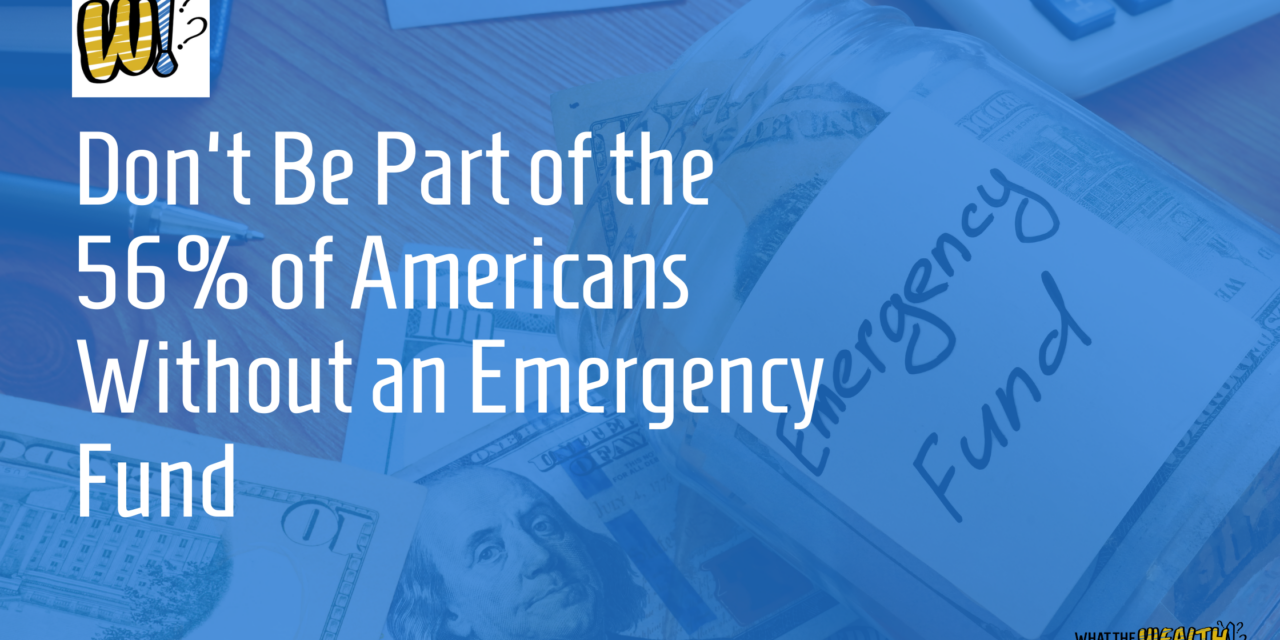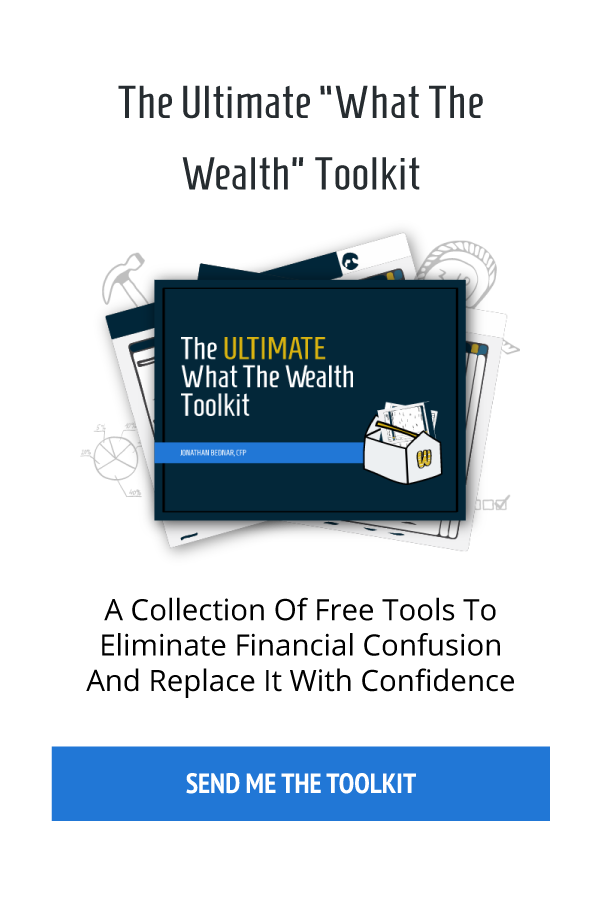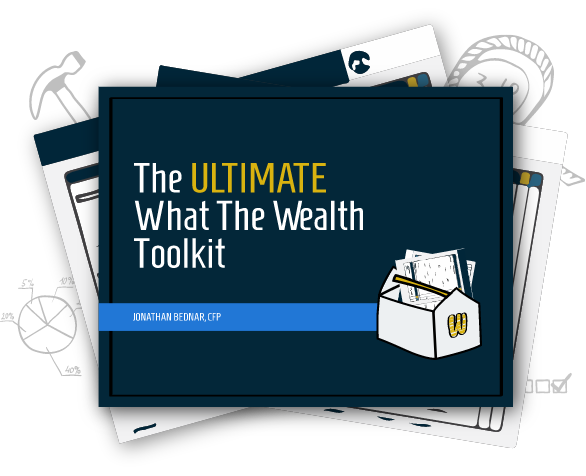What’s The Emergency? 56% Of Americans Don’t Have An Emergency Fund!
Everyone is feeling the impact of surging inflation, especially at the gas pump and grocery store. With inflation the highest it’s been in decades, it’s an especially bad time for those who don’t have an emergency fund.
Do You Have $1,000 in Savings?
You’re not alone if you can’t cover a $1,000 emergency expense with savings. Some 56% of Americans are in the same boat. And that’s actually an improvement! The 44% of Americans who can cover a $1,000 emergency expense with savings is the highest percentage in eight years.
Of course, that doesn’t mean that an emergency goes unaddressed. For those with no emergency fund:
- 20% would use a credit card
- 15% would cut other expenses to cover the emergency
- 10% would borrow from family or friends
- 4% would take out a personal loan
Having to take those measures doesn’t put you in an ideal financial position, and options like credit cards and payday loans can take ages to pay off, making it impossible to progress in your other financial goals.
The Fed Steps In
In an effort to combat inflation, the Federal Reserve is raising interest rates. This means the value of your assets will go down; bonds are negatively correlated to interest rates, and home values will decrease.
Insulate Yourself
An emergency fund can help insulate you not only from emergencies but also from rising costs, inflation, and higher interest rates. It’s important to define just exactly what constitutes an emergency properly. An emergency is not bald tires that should have been replaced months ago. That’s a lack of planning. People often confuse the two.
A true emergency is renting a car because yours was totaled in an accident, and you’re waiting for your insurance settlement. A true emergency is having to take unpaid time off from work for an illness or a medical procedure.
If you don’t have any emergency fund, the first step is to save $1,000. And really, that amount will cover a lot of things that you’d legitimately use an emergency fund for. It won’t cover a six-month period between jobs, but it’s a great start and will give you a lot of peace of mind!
Next Step
The next step is to build a more substantial emergency fund. If you and your spouse or partner both work, aim for three to six months worth of essential expenses. Not your total monthly spending, just essential expenses. If you lost your job, you’d cut out things like streaming services, dinners out, buying new clothes, etc.
If you’re single or the sole breadwinner, aim for 12 months of essential expenses since the full financial burden is on you, and there isn’t another salary to fall back on. This sounds like a lot of money, and it is. Accumulating that amount of money takes time, but it can be done if you hyper-focus on it.
This is meant to be a broad overview of emergency funds. If you would like more details, Dave Ramsey’s 7 Baby Steps is a great resource.
An emergency fund also prevents you from having to access your investments to cover an emergency. You don’t want to draw down your investments to fund an emergency expense, especially in a bad market. Doing so opens you up to a sequence of returns and market timing risks when your investments are already losing value due to what’s happening in the market and economy.
Your emergency fund should be liquid but not super-accessible. If that money is just mingling around in your checking account, spending it can be too tempting. Keep it in a separate savings account.
Opportunity Knocks
Once your emergency fund is fully funded and you’re making long-term, i.e., retirement investments, you can continue to create savings with an opportunity fund.
An opportunity fund can act as a backup to your emergency fund, a way to replenish it if you have to draw from it for an emergency expense. And an opportunity fund gives you the option of taking advantage of a well… opportunity!
You can scoop up some investments at bargain prices when the market is down. Or maybe you find a great deal on a home that you can turn into a rental property or short-term vacation rental. Again, things you don’t want to interrupt your investments or your investment contribution schedule for but don’t want to pass up either.
My Challenge to You
If you don’t have an emergency fund, my challenge to you is to start accumulating $1,000 as quickly as you can. That first $1,000 will go a long way towards helping you Live the Life You Love!
Listen in as I share what the difference is between an emergency fund and an opportunity fund, why having an emergency fund is so important, and what you should (and shouldn’t) be using it for. I also discuss how rising interest rates will negatively affect the assets that you own, and how much you should have put away in an emergency fund should you ever need to dip into it.
Listen to the Full Episode:
What You’ll Learn In Today’s Episode:
- How rising interest rates will affect the assets that you own.
- Why an emergency fund is so important.
- The first thing you should do to insulate yourself from an emergency expense.
- What an emergency fund should not be used for.
- How much you should have in an emergency fund.
Ideas Worth Sharing:
“You can’t help anyone else unless you can help yourself.” – Jonathan Bednar
“An emergency fund is for those catastrophic events that happen.” – Jonathan Bednar
“It is for true emergencies, not lack of planning.” – Jonathan Bednar
Resources In Today’s Episode:
- Jonathan Bednar: Email | Twitter | LinkedIn
- What The Wealth?! by Jonathan Bednar
- 56% of Americans can’t cover a $1,000 emergency expense with savings
- Dave Ramsey’s 7 Baby Steps
- Simple Wealth, Inevitable Wealth: How You and Your Financial Advisor Can Grow Your Fortune in Stock Mutual Funds by Nick Murray
Enjoy the show? Use the Links Below to Subscribe:






